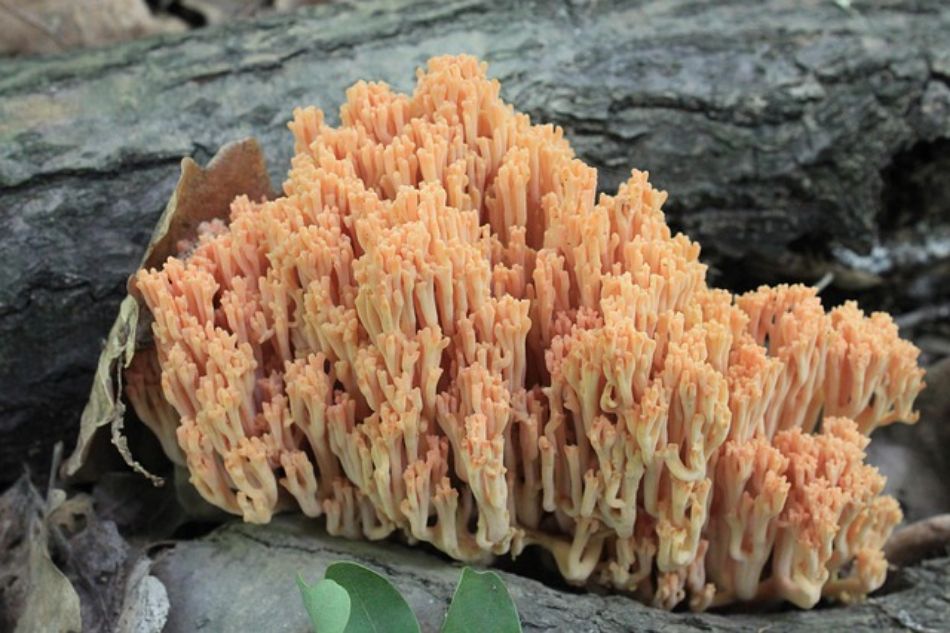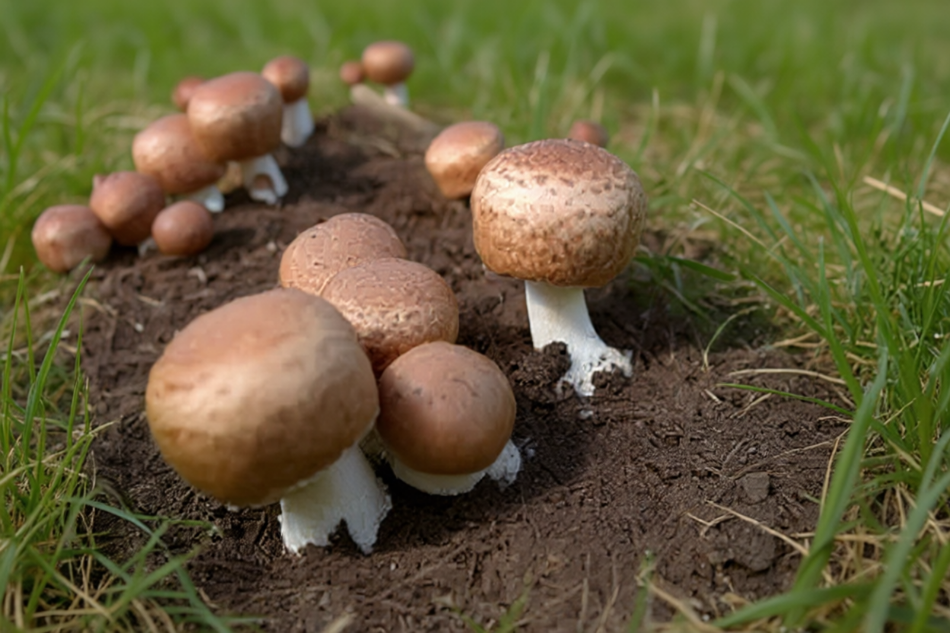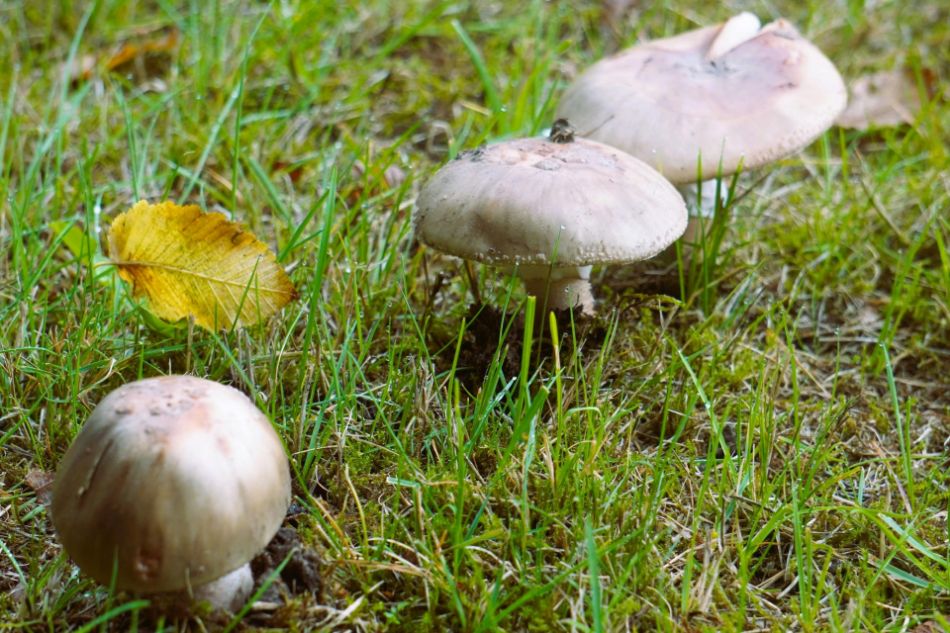In this article, we delve into the fascinating world of Lentinula edodes, universally known as Shiitake. We'll explore every aspect of this extraordinary mushroom, from its taxonomy and morphology to the most advanced cultivation techniques and its scientifically supported nutritional properties. A comprehensive journey for mycology enthusiasts, mushroom growers, and foragers who wish to deepen their knowledge of one of the world's most studied and prized mushrooms.
Panzerotto, scientifically known as Paxillus involutus, represents one of the most interesting and controversial cases in the global mycological landscape. This mushroom, once considered edible after prolonged cooking, is now classified as toxic and potentially lethal. In this article, we will delve into every aspect of this fascinating basidiomycete, from its morphological characteristics to its toxicological mechanisms, including the history of its reclassification and the dangers associated with its consumption.
The sweet rose, scientifically known as Ramaria botrytis, is one of the most interesting and sought-after mushroom species among mycologists and mushroom collectors. This article aims to explore in depth every aspect of this fascinating fungus, from its taxonomy and morphology to identification techniques, preferred habitats, sustainable harvesting methods, culinary applications, and nutritional properties. Through a detailed analysis supported by scientific data, we will aim to provide a comprehensive resource for mycologists, botanists, mushroom growers, and amateurs who wish to deepen their knowledge of this species.
In the vast and fascinating world of mycology, there are species whose unique characteristics immediately capture the attention of enthusiasts and researchers. Among these, the cauliflower mushroom (Sparassis crispa) undoubtedly occupies a prominent place, not only for its unusual appearance, reminiscent of a cauliflower or a sea sponge, but also for its fascinating medicinal properties, which scientific research is gradually revealing. This article aims to take you on an in-depth journey to discover this extraordinary mushroom, from the challenges of identifying and harvesting it to the most recent discoveries regarding its potential applications in oncology.
In the vast and fascinating world of mycology, few mushrooms capture the attention like the Bleuets, scientifically known as Lepista nuda. This mushroom, with its distinctive purple color that fades from cap to stem, is a true gem of the autumn woods. Although its appearance may initially be off-putting to less experienced foragers, the Bleuets conceal excellent culinary qualities and biological peculiarities that deserve to be explored in depth. In this comprehensive guide, we will delve into every aspect of this fascinating mushroom, from taxonomy to reliable identification, from preferred habitats to sustainable harvesting techniques, not to mention its nutritional properties, culinary uses, and even cultivation options. This mycological journey aims to become the definitive reference for enthusiasts, foragers, and mycologists who wish to deepen their knowledge of the Bleuets.
Let's explore together the fascinating world of Hygrophorus chrysodon, commonly known as the "yellow mushroom," a mushroom of discreet beauty yet with unique characteristics that make it a precious discovery for any avid mycologist. This mushroom, with its golden-yellow hues and elegant appearance, is one of the most interesting species in the Hygrophoraceae family, worthy of attention for its ecology, distribution, and morphological peculiarities. In this in-depth article, we'll delve into every aspect of this fungus, from its microscopic description to its preferred habitats, from historical curiosities to identification techniques, providing a comprehensive guide for enthusiasts, mycologists, and mushroom hunters.
Autumn is undoubtedly the most anticipated season for mycology enthusiasts and mushroom hunters. With the arrival of the first rains and the drop in temperatures, the woods awaken, offering an incredible variety of fungal species. In this article, we'll explore in detail the magical world of autumn mushrooms, from the most prized to the most common, with practical tips for harvesting, preserving, and preparing them. Together, we'll discover how to transform a walk in the woods into an unforgettable culinary experience, always respecting nature and complying with current regulations.
The world of mushrooms is vast and fascinating, and among the most interesting species we can encounter in our woods is undoubtedly the Granular Chanterelle. This mushroom, scientifically known as Suillus granulatus, represents an exciting discovery for mycologists, foragers, and food enthusiasts thanks to its unique characteristics and culinary versatility. In this in-depth study, we will explore every aspect of this extraordinary mushroom, from its ecological adaptation to acidic soils to its use in culinary preparations, with particular attention to sauces that enhance its sensory properties.
Agaricus blazei, also known by its Japanese name Himematsutake (the "prince of mushrooms" or "lady's matsutake"), is a species that has attracted the attention of the scientific community and mycophiles for its unique characteristics and potential beneficial properties. In this article, we will explore every aspect of this mushroom, from its taxonomy to its ecology, from its biochemical composition to its medicinal and cultural applications, including interesting facts, research, and statistical data that outline its profile.
The common field mushroom, scientifically known as Agaricus campestris, is one of the most sought-after and prized mushrooms among mushroom enthusiasts. This delicious mushroom, which grows wild in our meadows, embodies history, tradition, and an unmistakable flavor that makes it a staple in numerous Italian recipes. In this article, we'll explore every aspect of this species, from its morphological characteristics to its precise differences with similar species, with particular attention to Agaricus arvensis.










 guida completa_950.jpeg)
 – Un fungo tossico se consumato crudo!_950.png)


 la guida completa al Fungo Violetto_950.jpeg)
 un fungo tra mito e realtà_950.png)

 – il fungo delle salse e dei suoli acidi_950.png)

